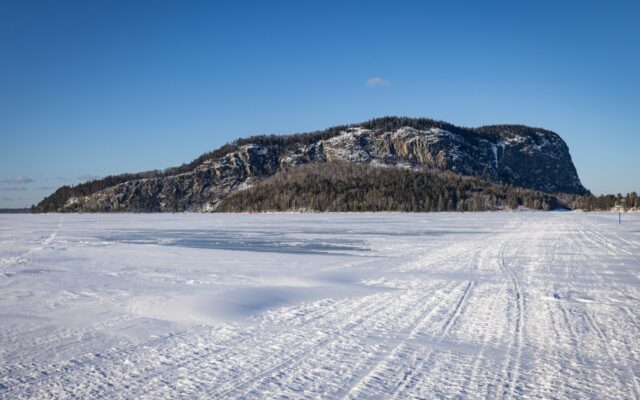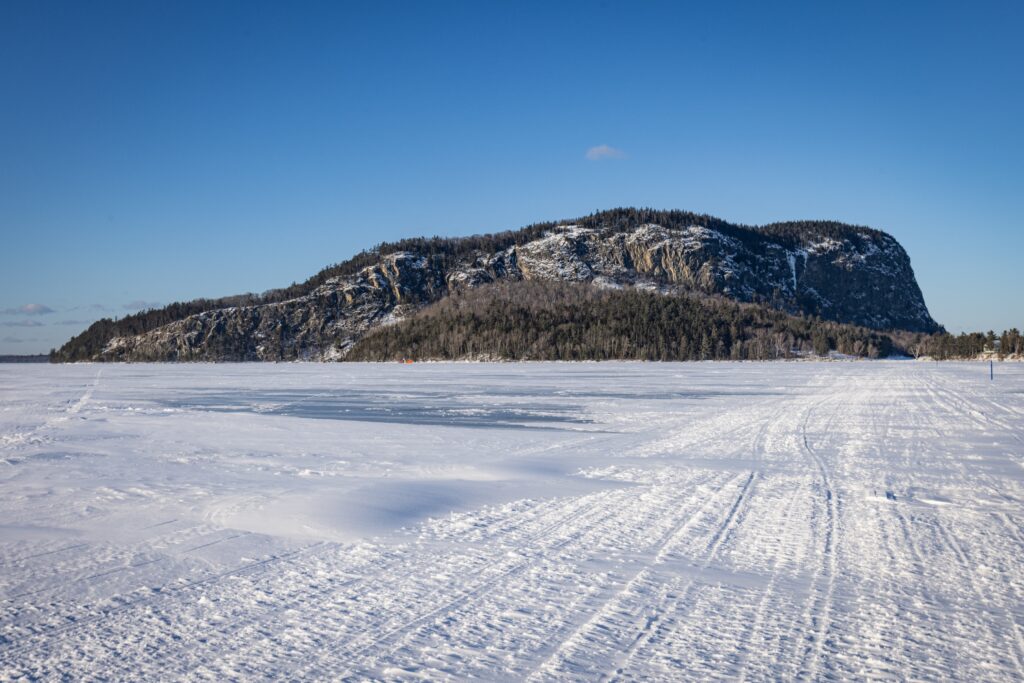
State plan could mean better trails, boat ramps and help for outdoors businesses
By Julie Harris, Bangor Daily News Staff
Maine’s outdoor recreation economy has generally happened on its own, but the state has a plan to more deliberately grow it 10 percent in as many years.
The 10-year Outdoor Recreation Economy Roadmap, spearheaded by the Office of Outdoor Recreation and Maine Outdoor Brands, recognizes what others have accomplished and identifies goals and actions that will build on that base. The goal is to grow the $3.4 billion economy into a $3.7 billion one, Jeff McCabe, deputy director of the Office of Outdoor Recreation, said Wednesday.
What it means for the average person is trails of all types will be built to withstand severe weather such as the rains and flooding that wiped out so many last year, help starting a business or finding funds to grow one, better infrastructure such as boat ramps, education on how to do a new recreational activity, innovative outdoors clothing and equipment made in Maine, and assistance for towns that cater to outdoor enthusiasts.

SNOW TRACKS — Snowmobile tracks lead across frozen Moosehead Lake on Jan. 24, toward Mount Kineo near Rockwood.
“The roadmap ensures that Maine’s outdoor sporting culture remains strong by investing in and supporting responsible access to private and public land, while protecting natural habitats and the lands that make Maine exceptional. The plan creates outdoor recreational opportunities for all outdoor users while protecting Maine’s natural heritage which defines our state for residents and visitors alike,” said Judy Camuso, the commissioner of the Maine Department of Inland Fisheries and Wildlife.
The need for such a plan was spurred partly by climate change and the pandemic, according to Maine Outdoor Brands Executive Director Jenny Kordick.
The plan involves the University of Maine’s research and development capabilities, statewide marketing tools, education and Main Street programs, among others, to support outdoor enthusiasts for all types of recreation including hunting and fishing, plus businesspeople, entrepreneurs and cottage industry, landowners, conservationists, land trusts and federal parks — basically anyone involved in the outdoors.
For example, the Katahdin Woods and Waters’ new Tekαkαpimək Contact Station visitor center in Stacyville is expected to attract more people to the national monument. The Office of Outdoor Recreation and Maine Outdoor Brands can help those running the center to promote the site and prepare the surrounding communities to serve a higher number of visitors, Kordick said.
The Roadmap project is funded through the U.S. Economic Development Administration’s American Rescue Plan Act Travel, Tourism and Outdoor Recreation State Grant to help communities that have been hardest hit by challenges brought on by these activities. The cost of the project is $1.5 million and includes research, project management, communications/public relations, marketing industry outreach and early implementation work for the project, McCabe said Thursday.
Maine Outdoor Brands, which is a consortium of outdoors businesses that formed in 2017 to help each other market, develop workforce, network and educate others, started with 22 members and has grown to more than 150. It also advocated for the Maine Office of Outdoor Recreation, which was established in 2018.
The two groups began building the 10-year plan in 2021. Several other groups already had such plans, and they used those as models, incorporating parts of them.
The pandemic happened around the same time, so the group saw the challenges of overuse of some outdoor recreation areas and supply chain issues, Kordick said.
“The pandemic showed why we needed to do that,” Kordick said, referring to the 10-year plan. “We needed to figure out how to handle the influx of people and climate change.”
There are several areas the plan identifies that need to be addressed, including proper signage for trails that includes their accessibility, parking and multi-use status if applicable, helping landowners manage land use, working with communities and driving resources to them including planning grants and promoting Maine businesses that produce outdoor equipment and materials.
It also targets outdoor infrastructure such as boat ramps, trailhead signs and bathrooms, support for better trail building that can withstand more severe weather brought on by climate change, aid for cottage industries, including sharing knowledge that can help people start them, and many areas.
The group has already started working on several priorities for the next three years, but among them are an inventory and needs assessment of existing outdoor recreation infrastructure, supporting the Maine Trails Bond program and making sure funds are used in the most effective ways.
They also want to bring under-represented people into the discussions, establish career paths from high school to the outdoors, assess workforce needs and help establish affordable housing for outdoors-related workers, make sure outdoors businesses are part of the state’s Climate Action Plan and market Maine at trade shows around the country.
The work is just getting started.
“Maine’s parks, forests and shorelines define our character and serve as a cornerstone of our economy. We’re balancing a growing demand for outdoor experiences with our commitment to responsible stewardship. This ensures that future generations can enjoy Maine’s natural assets while communities reap the economic and cultural rewards,” said Rex Turner of the Maine Bureau of Parks and Lands.